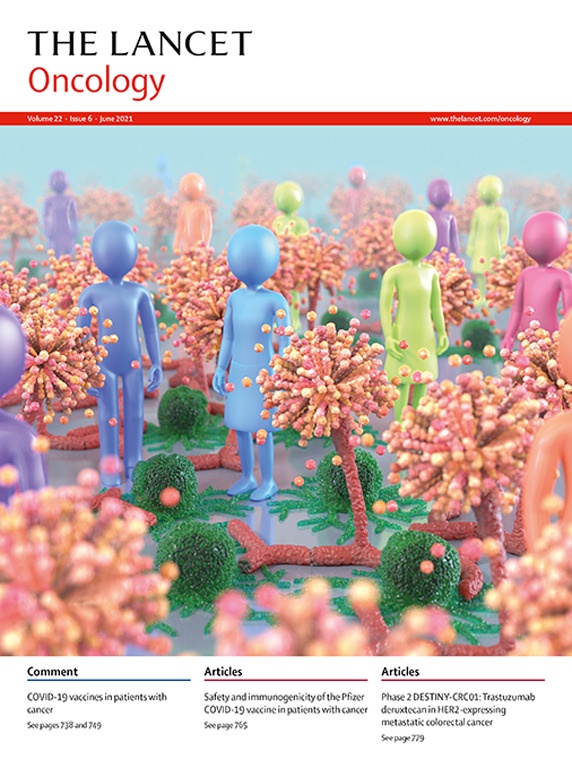
The effect of adjuvant aromatase inhibitors on BMD in women with breast cancer

The effect of adjuvant aromatase inhibitors on BMD in women with breast cancer
Effects of adjuvant exemestane versus anastrozole on bone mineral density for women with early breast cancer (MA.27B): a companion analysis of a randomised controlled trial
Lancet Oncol. 2014 Apr;15(4):474-82. doi: 10.1016/S1470-2045(14)70035-X. Epub 2014 Mar 11Did you know you're eligible to earn 0.5 CME credits for reading this report? Click Here
Synopsis
Four hundred and ninety-seven postmenopausal women with hormone-receptor-positive breast cancer were randomized to receive adjuvant exemestane 25 mg or anastrozole 1 mg daily for 5 years. Two subgroups were identified: those with baseline T-scores of -2.0 or greater at the spine and hip (subgroup 1), and those with baseline T-scores less than -2.0 at the spine and hip and taking bisphosphonates (s...
To view the full content, login to your account,
or start your 30-day FREE Trial today.
FREE TRIAL
LOGIN
Forgot Password?
Explore some of our unlocked ACE Reports below!

Learn about our AI Driven
High Impact Search Feature
Our AI driven High Impact metric calculates the impact an article will have by considering both the publishing journal and the content of the article itself. Built using the latest advances in natural language processing, OE High Impact predicts an article’s future number of citations better than impact factor alone.
Continue



 LOGIN
LOGIN

Join the Conversation
Please Login or Join to leave comments.